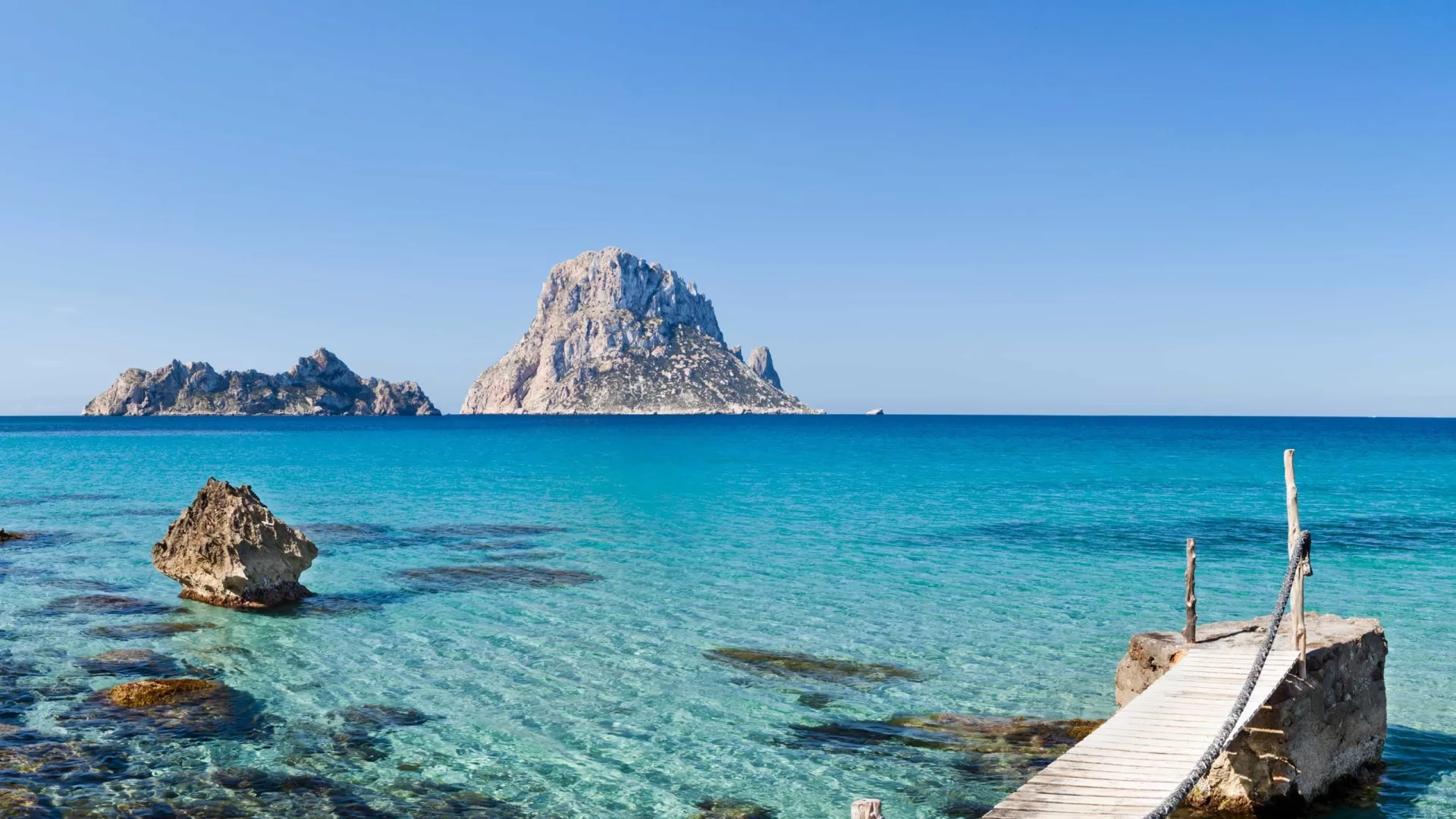What is the best option for you?
Several decades ago, the Spanish islands set the standard for European beach holidays. Over 60 islands lie off the coast of the mainland, and many of them have well-earned reputations, but they are constantly reinventing themselves. Sustainability, stargazing, and smart stays have become popular in recent years. You’ll find our top recommendations for where to stay once you arrive on these Spanish isles.
Ibiza
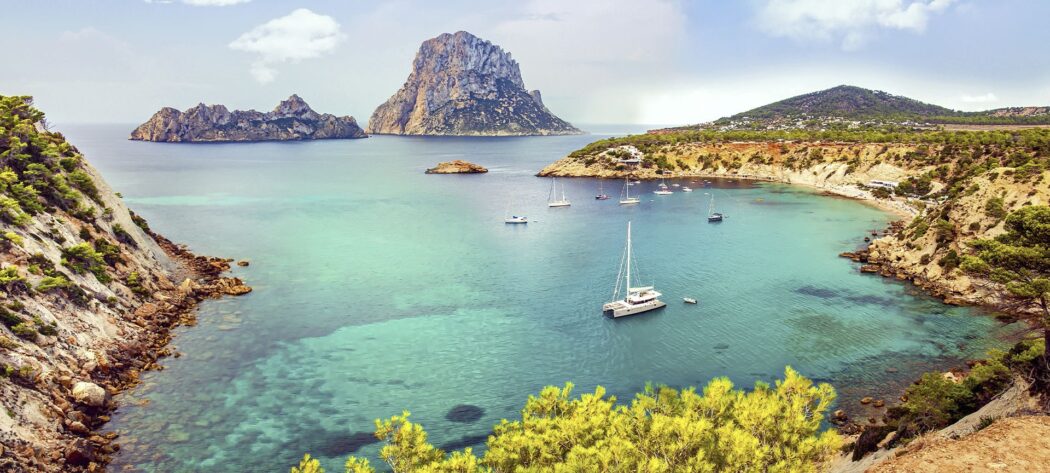
It is also a lot more than one thing at the same time. Many people come here for the mega clubs, DJ sets, and all-night parties, while others come for the beautiful beaches (and beach bars). People visit for the food scene and for the surprisingly slow pace of life in the hamlets. One-time ravers now prefer ‘dirt over discos’ in the sleepy north of Ibiza, says contributing editor Paul Richardson. Boho villages in the interior, such as Santa Gertrudis, have a more international feel.
Mallorca
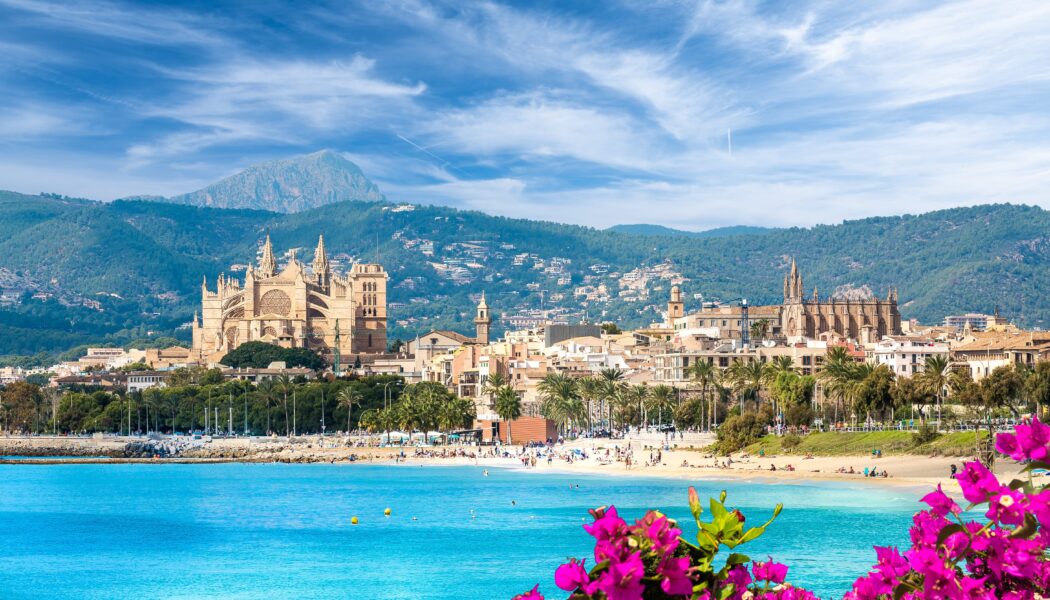
Holiday spots like this are classics. In search of a slice of sun-soaked island life, people envision miles and miles of immaculate beaches and soaring mountains dotted with quiet hamlets and villages. Palma, the capital of Mallorca, has become one of the most interesting cities in the Mediterranean in recent years. Michelin-starred restaurants abound – we recommend Dins Santi Taura for an intimate chef’s-table experience – and there are a few slick hotels, such as Can Bordoy Grand House, which offers a brilliant rooftop sundeck. Furthermore, there are a number of lively beach clubs nearby (try Purobeach for a splashy afternoon or Assaona for a more boho vibe). Away from Palma, Mallorca’s driving force is conservation and restoration, with zero-waste restaurants, natural wine makers, and eco-conscious hotels leading the way.
Menorca
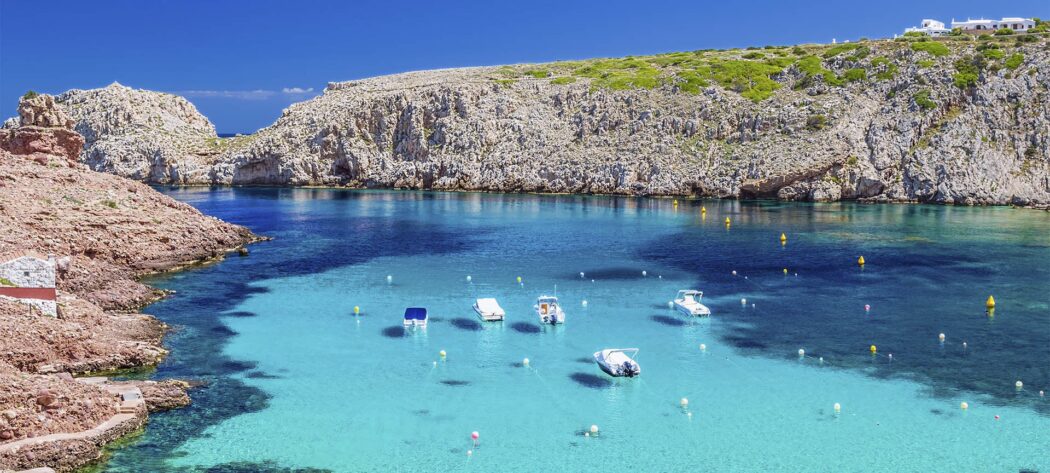
Isle of easygoing people. The water here is bluer, the sand whiter, and the bays are less crowded than those of its louder sisters, making it the Balearic with the best beaches. Whether you want to enjoy an ice-cold beer on unspoilt sand at Cala Macarella, which we named one of the most beautiful beaches in Europe, or chart a road trip along Mallorca’s 135-mile coastline, we have you covered. There are still buzzy restaurants and bars in the main cities of Ciutadella and Mahón, despite their low-key character. It’s the Cova d’en Xoroi that stands out, perched precariously over the Mediterranean near Cala en Porter, but there are also vintage-inspired dining rooms in Sant Lluis and clever tapas joints in Ciutadella (try Café Balear).
Formentera
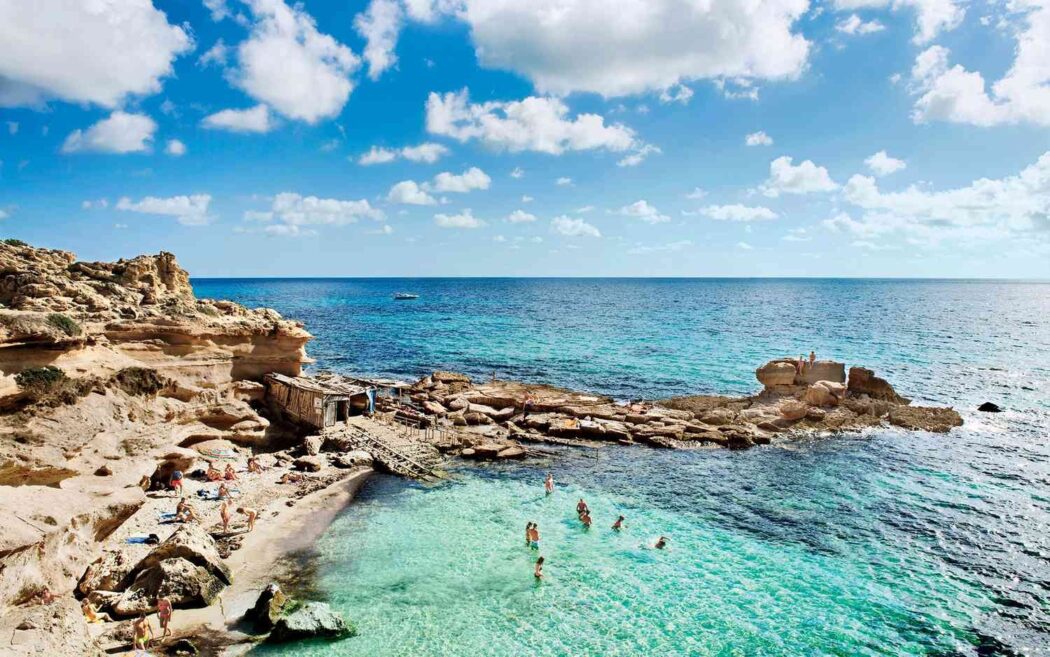
Formentera has carved its own niche as a chilled-out island in the big-hitting Balearics as Ibiza’s quieter little sister. With a length of 12 miles, it is the smallest island in the Balearics and only a 25-minute ferry ride from Ibiza. It’s not simply a miniature version of the White Isle once you reach these shores, though. Small harbours over huge hangouts and quiet beaches with little to no infrastructure over scenic stretches of sand are popular destinations here. The best sushi on the island can be found at blissed-out 10.7 near pretty Playa Migjorn. Formentera, however, comes with a laidback soundtrack.
Lanzarote
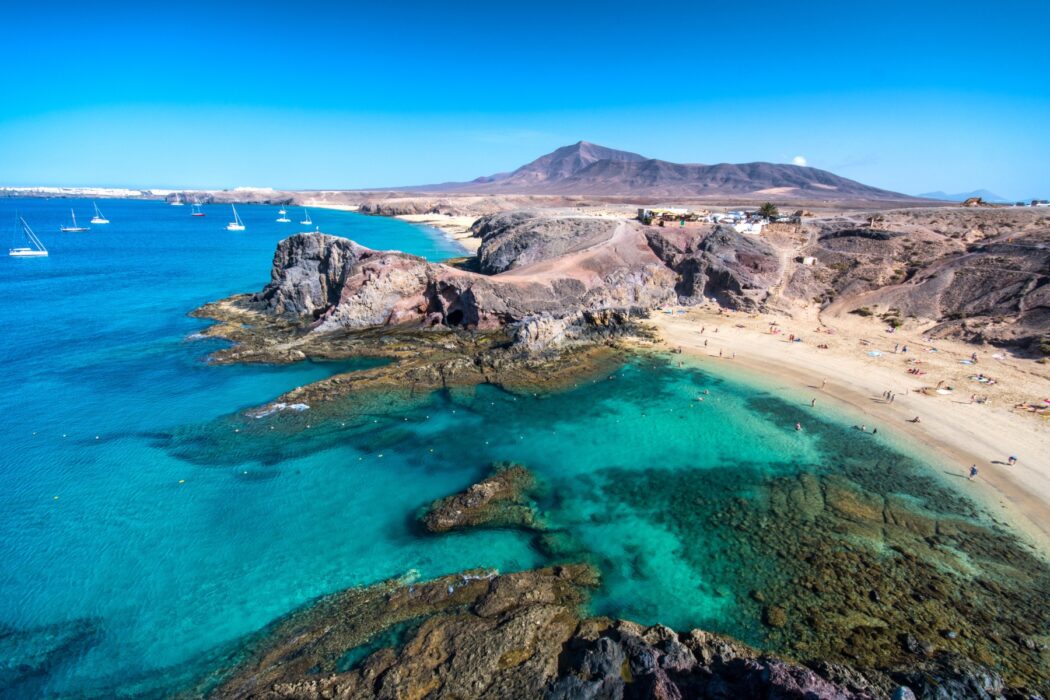
Known for soulless resorts and package holidays, Lanzarote has had a less than flattering reputation for a while now. The most surprising Canary Islands are hidden behind this outdated image. Several surf spots are popular here, with La Santa being the most popular among serious surfers, and Famara being the most popular among fair-weather surfers. A whitewashed structure that embraces the volcanic landscape was designed by architect César Manrique. Visit La Geria winery, Lanzarote’s prettiest one, for a taste of the unusual wines made by Lanzarote’s vintners.
El Hierro
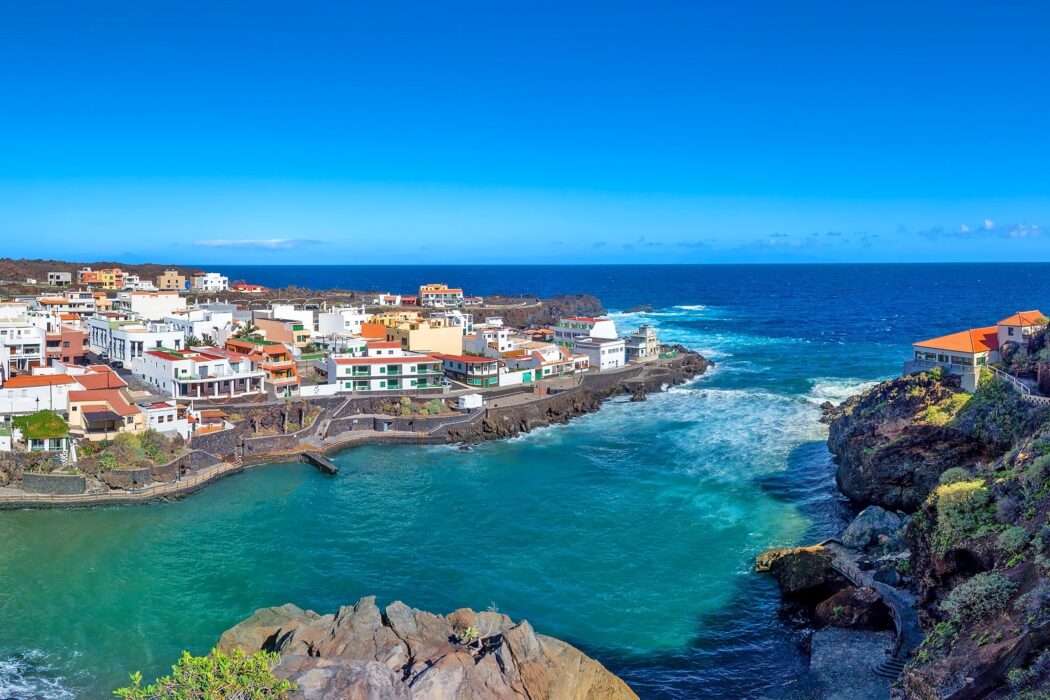
One of the smallest and least-visited Canaries, this speck of land is the first self-sufficient island in the world due to its eco-friendly energy sources and sustainable food efforts. It has no big hotel chains, and true beach bums might want to steer clear – the coastline is mostly volcanic rather than sandy. Due to the lack of brilliant beaches, El Hierro is relatively untouched, with its winding roads ending in little villages carved out of black stone, where bars and bakeries and restaurants are found.
La Palma
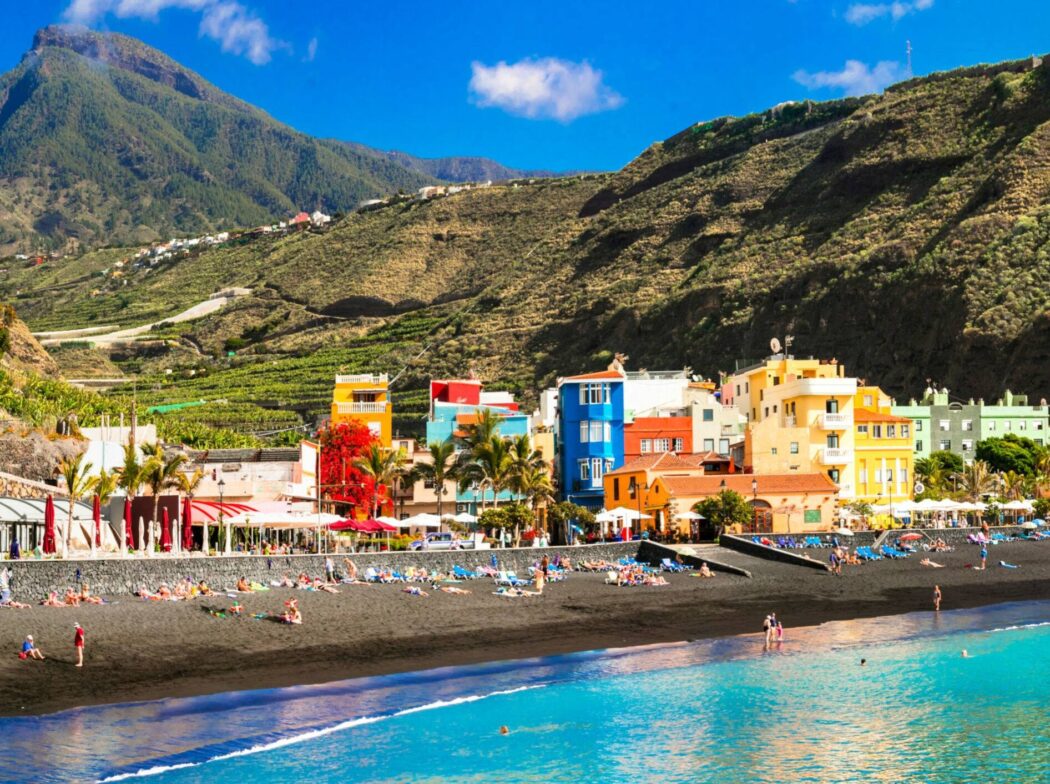
A UNESCO Biosphere Reserve since 1983, the green Canary has been a learning place for sustainable development. The southern landscape is dotted with volcanic mountains and a jagged coastline, while the northern landscape is covered in thick rainforest. Santa Cruz de la Palma’s capital is filled with whitewashed historic buildings. The beaches might not meet the high standards you might have of other destinations on this list, but there are curious spots like Charco Azul, formed from natural rock. For the full experience, head to La Palma’s Roque de los Muchachos astrophysical observatory, one of the best in Europe for stargazing.
Cíes Islands, Galicia
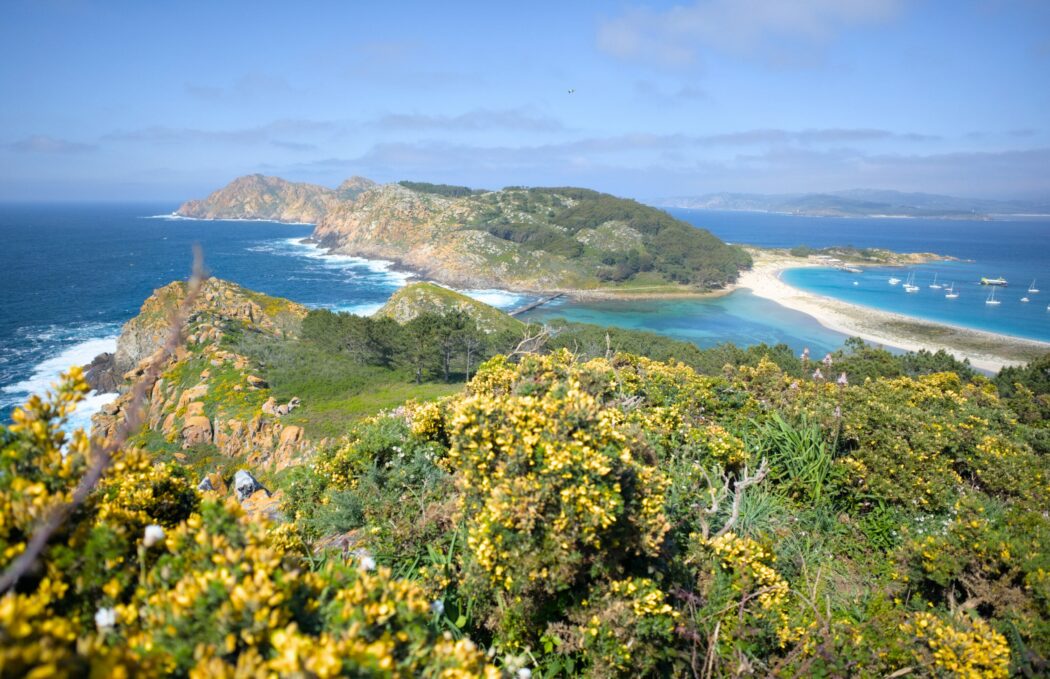
A tiny archipelago of 15 islands lies just 45 minutes away from the mainland in Spain’s north-western corner. Due to their location within the Atlantic Islands national park, these three islands are protected from overdevelopment. Visitors are limited to 3,000 during the peak summer months because there are no cars. Some of the prettiest beaches in the region – and in all of Spain – can be found here, such as Praia de Rodas, which slopes down to the bluest water. At any of the restaurants with ocean views, you can order the catch of the day.
Tenerife
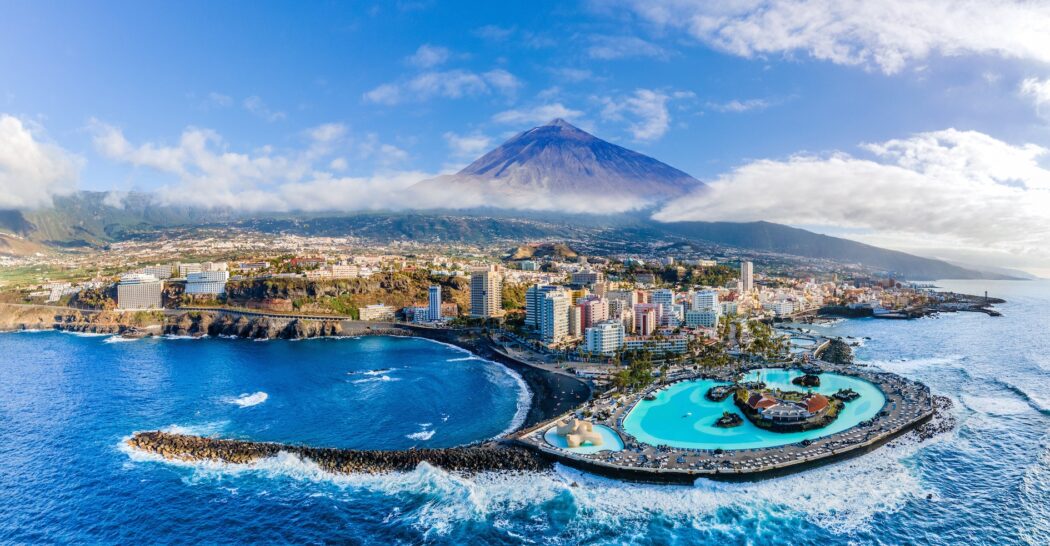
Tenerife is a holiday honeypot that’s no secret. You’ll be pleasantly surprised if you drive away from the built-up south and seek out adventures off the beaten path. Teide, Spain’s highest mountain, is surrounded by a lunar landscape of a UNESCO-protected national park. Similar to the neighbouring island of La Palma, this is one of the best places to experience stargazing. Visit pretty Garachico and vibrant La Laguna. Come to Santa Cruz in February to experience the world’s second-largest carnival after Rio de Janeiro.
Ons Islands, Galicia
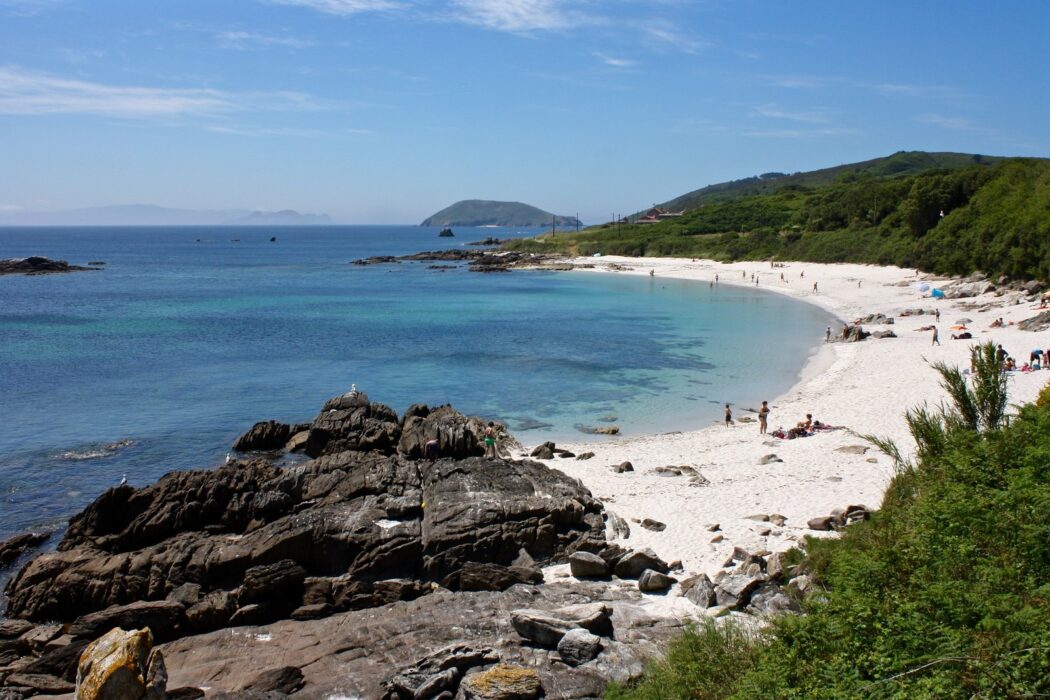
Illa de Ons, the main island in this archipelago off Spain’s north-west coast, is also part of the Atlantic Islands national park. It is only three-and-a-half miles long and has no cars. There are only 1,800 visitors a day who can explore the unspoiled beaches and jaw-dropping cliffs. In the tiny villages, life revolves around fishing as the island is a Special Protection Area for birds. Marine life abounds around the main outcrops, which are surrounded by several islets. One of the tiny local restaurants in O Curro, the biggest settlement, serves octopus and scallops.


